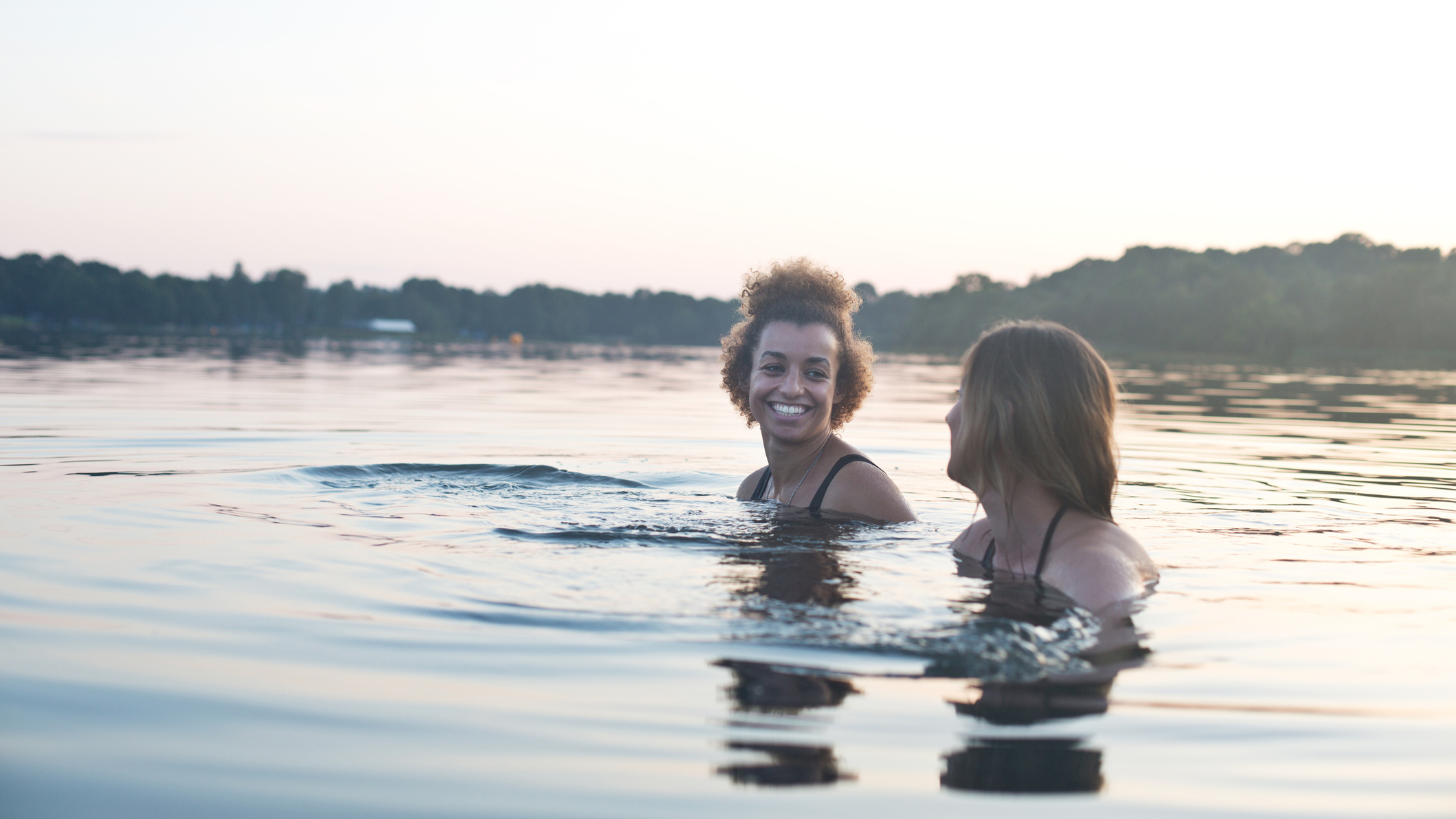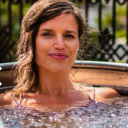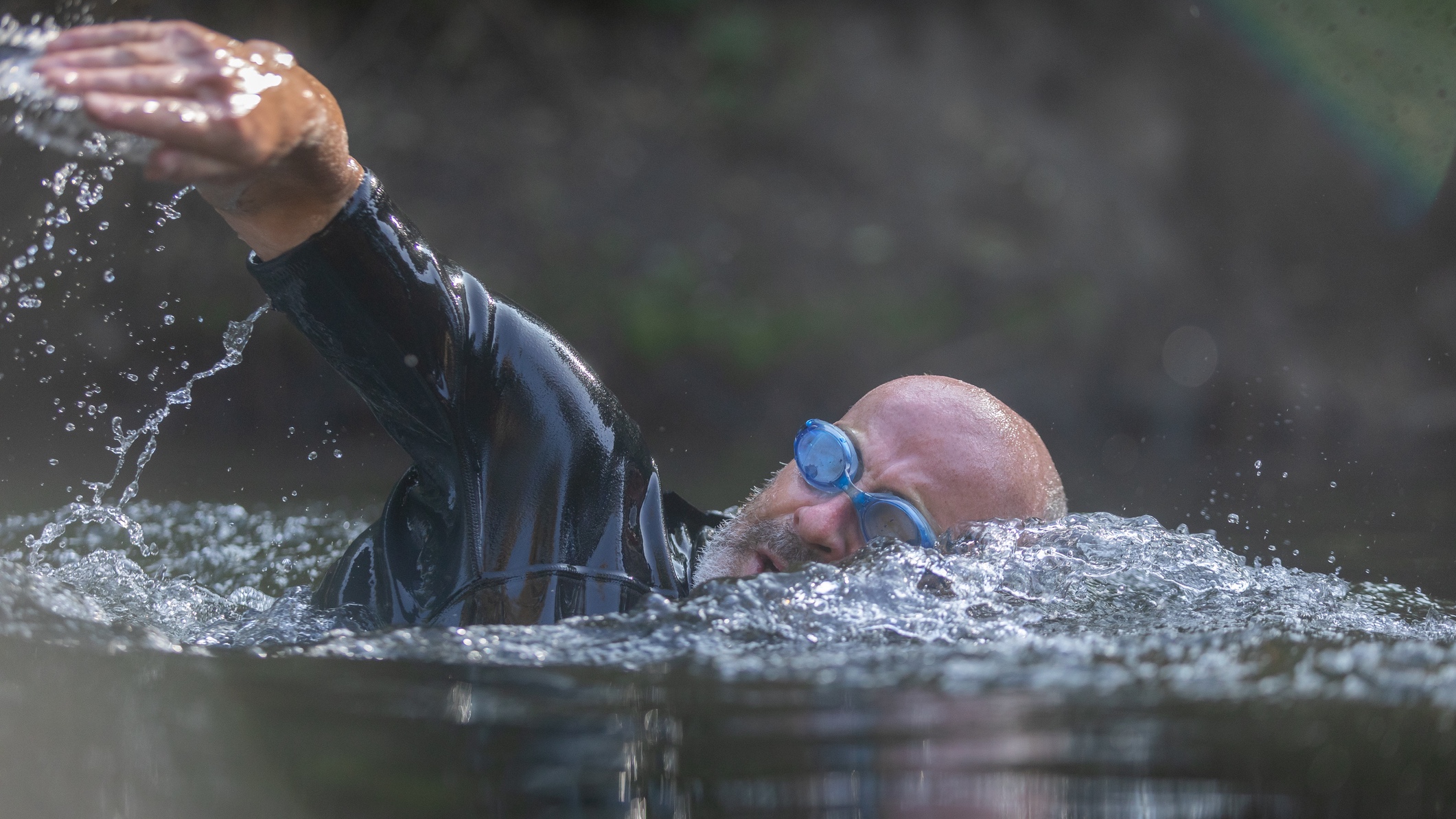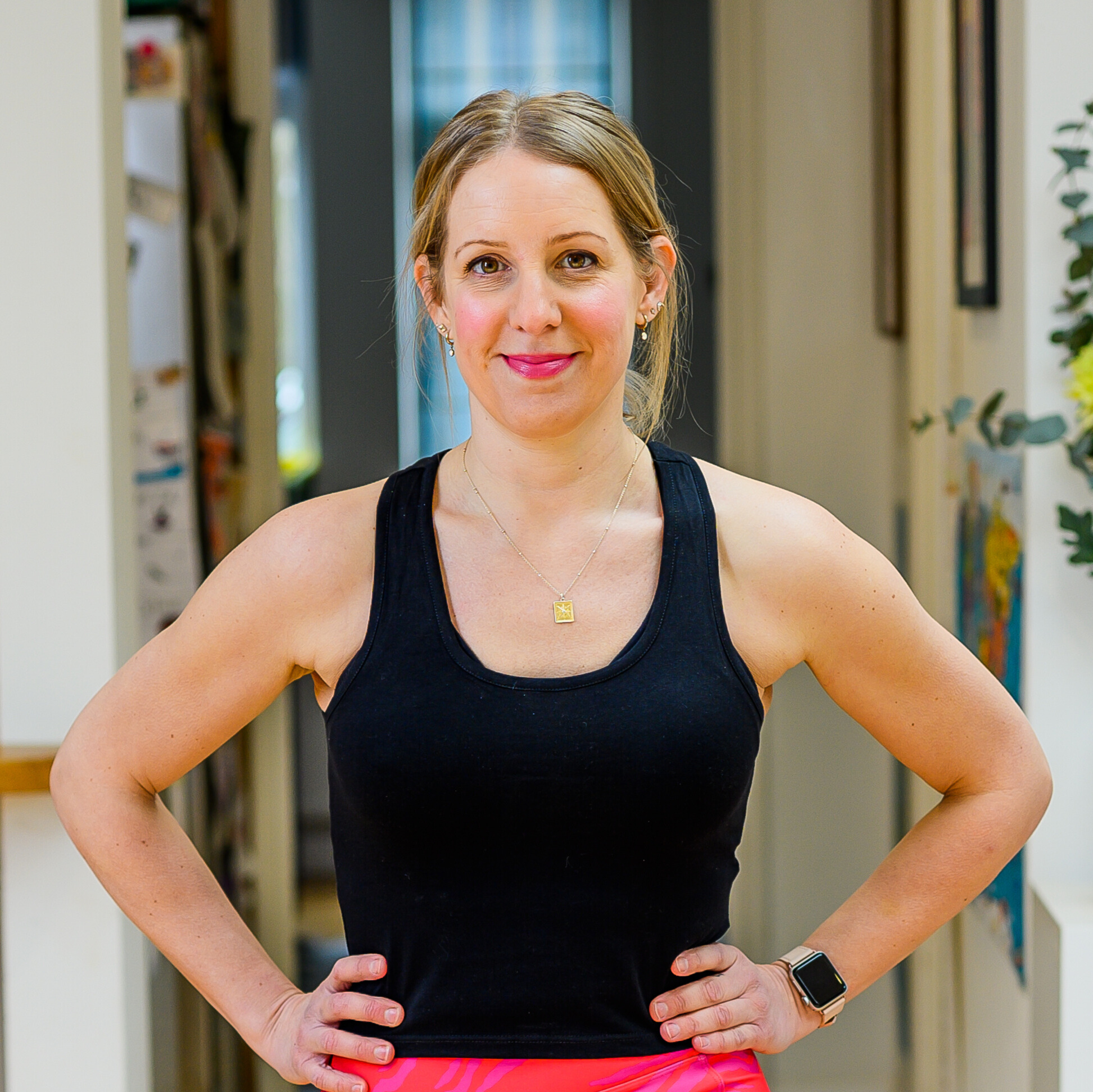What’s the best open water swimming technique?
Perfect your open water swimming technique and you'll be able to explore your local lakes and pools with confidence


Before you take a dip in your nearby lake, it’s a good idea to brush up on open water swimming techniques. Doing this will allow you to reap all the benefits of swimming while staying safe.
“Cold water swimming is one of the most invigorating activities you can take part in,” says Winter Olympian and keen open water swimmer Aimee Fuller. “It’s great for the soul and good for the body.”
We chatted with Fuller and several other open water swim coaches, to get tips on how to stay safe and master your technique.

Broadcaster and former two-time Winter Olympian Aimee Fuller is an avid wild water and open sea swimmer. A yoga instructor too, she is an advocate of the many wellness benefits that come from open water swimming.
Who should go open water swimming?
According to Greg Hincks, who runs several swim retreats in the UK, there are few restrictions on who should take a dip in the open water.
“Cold water swimming is suitable for all ages and fitness abilities, as long as precautions are taken,” he says. “But it is an extreme activity; so if you are in doubt, talk to your medical practitioner before starting.”
Hincks also says open water swimming is not advisable for anyone with high blood pressure.
“Those who suffer from Reynaud’s syndrome, as well as pregnant women, must also take extra precautions and seek medical advice before starting cold water swimming,” he says.
Start your week with achievable workout ideas, health tips and wellbeing advice in your inbox.

Greg Hincks is a fully qualified open water swimming coach based in Scotland where he swims in the lochs year round. In the summer, he also guides on swimming adventure holidays in Greece and Croatia. He has competed in open water events around the world, and currently competes at ice swimming events in Europe. He also runs open water swimming retreats at Riverflow Yoga in Hay-on-Wye, England.
What to be aware of
One of the things you need to prepare for is your body's reaction to the extreme cold water. According to Hincks, you'll likely take a sharp, involuntary breath when you first get in and then experience some quick, shallow breathing.
Your heart will need to work harder to keep you warm, pumping more blood to your core organs and restricting blood flow to your hands, feet and skin. Because of this, you'll find that your blood pressure and heart rate rise when you first enter the water.
"The cold water will slowly reduce the body temperature, even for an experienced cold water swimmer, so it is vital to recognise signs of mild hypothermia," adds Hincks. "These can include clawing in the fingers, numbness in fingers and toes, aching teeth, sluggish muscles, shortness of breath and increasing difficulty in coordination.”

It’s also important to be aware of the effects on your body when you exit the water—Hincks says you will continue to cool down in a process called ‘after-drop’.
“This is effectively where the cooler blood in the arms and legs starts to circulate through the body again,” he explains. Try putting on warm clothes as quickly as possible once you're out of the water and moving into a warmer environment to avoid this.
Winter Olympian Fuller warns of pollutants in the water, too, and says this becomes more hazardous when engaging in a front crawl because it’s harder to keep your face out of the water.
“If you are unsure [about pollutants], speak with a local, especially if there has been recent rainfall—or opt for a stroke which keeps your face out of the water, such as breaststroke.”

Tips and ideas
Laura Hof, who leads a not-for-profit community promoting the benefits of cold water swimming, suggests that you acclimatize to open water swimming by taking cold showers: “Start with 15 seconds after your hot shower, from the neck down, and then gradually build it up to two minutes, adding 15 seconds every day.”

Laura Hof is a Wim Hof Method Instructor, Holistic Therapist and Founder of Icewomen Community, a worldwide not-for-profit with chapters run by women and for women, promoting the benefits of cold water dipping.
You also need to think about how you want to swim. Some people will swim breaststroke with their head above the water while others will swim freestyle. Hincks prefers freestyle because it means he can cover a longer distance but you need to work on a technique. Here are his suggestions for maintaining good form:

- Stay as high in the water as possible, to reduce drag
- Your arms should pull back in the water in a straight line, with your hands entering the water in line with your shoulders and exiting past the hip
- Turn your head to the side to breathe, rather than pulling it up through the surface of the water
- Maintain a high elbow when pulling back through the water to engage the back muscles and take pressure off the shoulder
- Concentrate on a good rotation and kicking from the hips with a straight leg
Hof also says you should begin gradually—dipping for a maximum of two minutes at first. “The best practice is the one you continue doing, so make it as comfortable as possible,” she says. “The first dip should be very short. The body still has to get used to the cold and we often do not know its limits in the beginning."
And when you get in, Hincks says you should do it gradually, taking time to pause at knee depth, waist depth and shoulder depth to adjust your body to the temperature. “You will feel pain from the cold water, but this will soon pass and your breathing will return to normal,” Hincks says.
You shouldn't attempt to actually swim until your breathing is at a normal rate. And be prepared to only stay in for a few minutes the first time you try cold water swimming. Don’t venture far from the shore and try to swim with others.
“Remember that your cold tolerance can be impacted by the air temperature, how tired you are, how well you have eaten over the previous few days, the amount of wind blowing on the water, the amount of sunshine, and where your body is in its normal cycle,” Hincks says.
And when is the best time to start open water swimming? Hof recommends starting in the summer, to let your body adjust—but winter swimming is a great activity too. Hof swears that swimming with friends in the colder months can help you keep winter blues at bay.
Maddy Biddulph is a journalist specializing in fitness, health and wellbeing content, with 26 years in consumer media working as a writer and editor for some of the bestselling newspapers, magazines and websites in the US and UK, including Marie Claire, The Sunday Times and Women’s Health UK.
She is a CIMPSA-certified PT and works one-on-one with clients, as well as running Circuits Club classes which mixes cardio and strength training and chair-based exercise classes for seniors.
